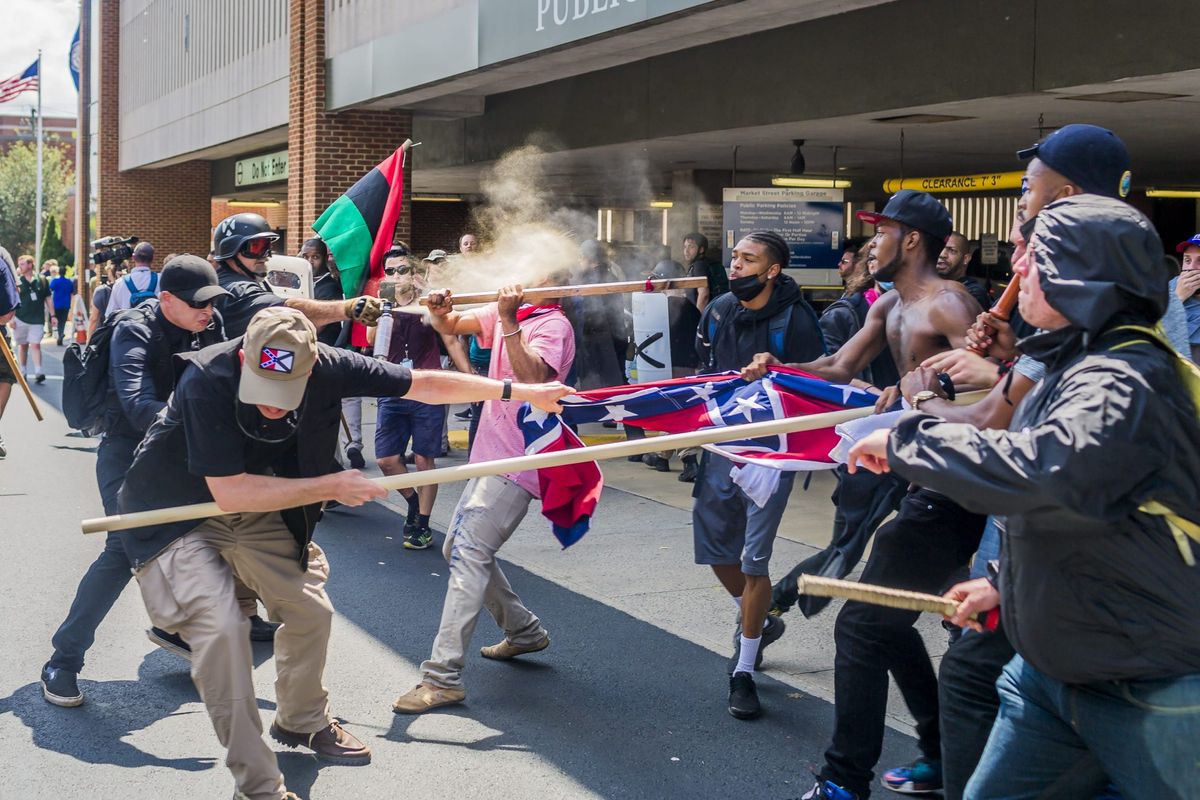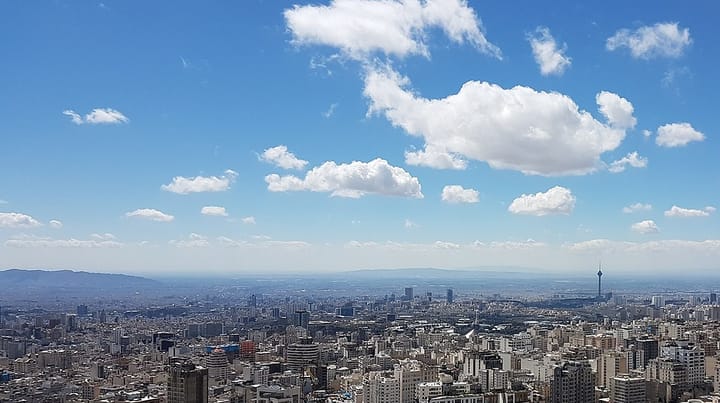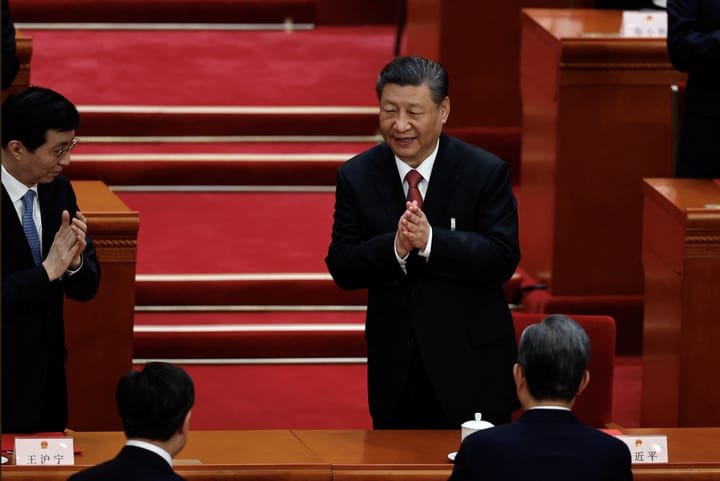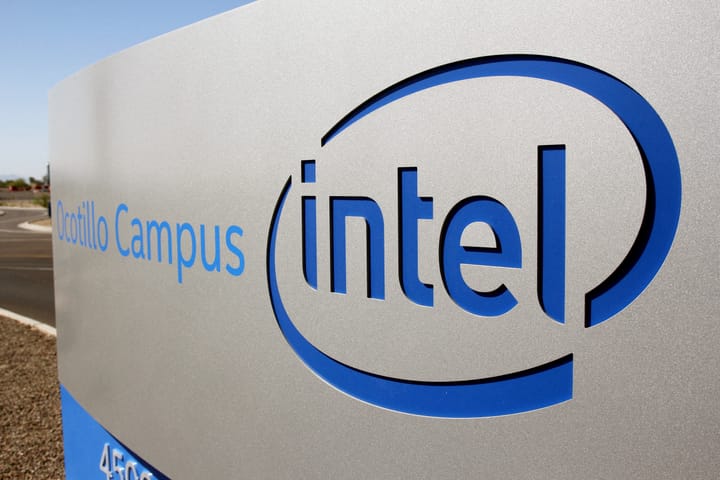Is “Bothsidesism” hurting the United States?

A few minutes every morning is all you need.
Stay up to date on the world's Headlines and Human Stories. It's fun, it's factual, it's fluff-free.
On Monday, August 31, former Vice President Joe Biden spoke out against the violence and rioting that had occurred amid protests against police brutality in cities across the United States. The speech came a day after Biden’s campaign released a statement in which he said, “I condemn this violence unequivocally. I condemn violence of every kind by anyone, whether on the left or the right.”
Biden’s condemnation of violence directly countered the narrative of President Donald Trump’s campaign, which has repeatedly claimed Biden is beholden to far-left extremists. It appeared to be a calculated effort by Biden – who has touted a “return to normalcy” as a promise of his presidency – to portray himself as a centrist who wants to bridge the nation’s political divide.
For many, though, Biden’s comments were simply an example of “bothsidesism” – an attempt to appear balanced by falsely creating the impression that both sides of an issue are equal in their merits or offenses. Instead of accurately identifying the underlying problem, critics claim, Biden is playing into Trump’s narrative, portraying leftist activists as equal to white nationalists and far-right terrorists.
Biden condemns violence
It might seem uncontroversial for a presidential candidate to condemn violence, but Biden is seeking to lead the country in a time of significant civil unrest and division.
Black Lives Matter protests have been a daily occurrence in some US cities ever since the death of George Floyd, a Black man killed by a white police officer, despite the ongoing COVID-19 pandemic.
A recent investigation by the Armed Conflict Location and Event Data (ACLED) project determined that while the country “is at heightened risk of political violence and instability going into the 2020 general election,” only 5% of protests and demonstrations this summer (including BLM- and coronavirus-related protests) involved “demonstrators engaging in violence.”
ACLED determined that there were more than 10,600 demonstrations from May 24 to August 22, with fewer than 570 involving violence.
Yet, as the old journalism adage says, “If it bleeds, it leads.” News coverage of the protests has overwhelmingly focused on the violence that has occurred in their wake, including rioting, arson, looting and murder. In news reporting, acts of violence provide more eye-catching headlines than a discussion of peaceful protests.
It is in this landscape that Biden, challenged by the Trump campaign to speak out, condemned the violence at and around protests. Biden was specifically responding to the killing of a right-wing activist in Portland, Oregon, which occurred just days after two BLM protesters were killed by a 17-year-old in Kenosha, Wisconsin, following the shooting of Jacob Blake.
Seeking both sides of an issue
Biden’s language in his statement – in particular, “I condemn violence of every kind by anyone, whether on the left or the right” – was met with charges of “bothsidesism” (or “bothsideism”). He was, perhaps fittingly, hit from both sides of the political spectrum, with Fox News contributor Guy Benson criticizing Biden for not specifically calling out left-wing “fanatics.”
The left-leaning criticism of Biden said he engaged in a false equivalency: presenting anti-fascist protesters, commonly known as Antifa, as equally to blame for violence and chaos as the far-right groups they are protesting. In reality, right-wing radicals (including white supremacists and anti-abortion extremists) are the leading source of terrorism – domestic or international – in the US.
Biden is not alone in garnering criticism for attributing blame to “both sides.” In fact, the “bothsidesism” term is most frequently used to criticize members of the press who, in an attempt to provide “fair” coverage, are said to skew reality. The neologism is used to criticize journalists who attempt to give equal weight to politicized issues ranging from climate change to race-based hate crimes.
The concern, as expressed in a December 2019 analysis in The Nation entitled, “‘Bothsidesism’ Is Poisoning America,” is that “giv[ing] space to both sides of any story, no matter what the facts show,” leaves the media “open to manipulation by surrogates acting in bad faith and, more worrying, [makes] it harder for ordinary citizens to remain informed and engaged.”
Is there value in Bothsidesism?
Not everyone is critical of bothsidesism. Some public figures – like podcaster and media critic Bridget Phetasy – have made it their brand to criticize both sides of the political spectrum as equal threats to democracy.
In an August 2019 op-ed for The Spectator entitled “The battle cry of the politically homeless,” Phetasy claimed of American politics, “Both parties demand totalitarian-like devotion to their ideology and if you’re indifferent, apathetic or nuanced in your approach to politics, you’ll end up in the wasteland of the center—tribeless, unprotected and increasingly insulated.”
Writing for the conservative blog, The Resurgent, right-wing commentator Steve Berman claimed, “The only way to look at [the COVID-19] situation where Bad Option A and Bad Option B are the primary choices is to look with eyes of compassion, not through the lens of politics. In other words: ‘both-sideism’ is the correct vision.”
These pundits often suggest both Republicans and Democrats are equally extreme opposites. Yet, compared to their European counterparts, both major US political parties are right-leaning, with the Republican Party and Trump occupying the fringe right of the global political alignment.
By comparison, Biden would be considered center-right in countries like Germany and the United Kingdom.
Trump’s infamous “both sides” statement
Since the beginning of his campaign, Biden has repeatedly referenced controversial “both sides” comments Trump made in the wake of the deadly “Unite the Right” rally in Charlottesville, Virginia in 2017.
At the rally, far-right groups, including those associated with the Proud Boys, clashed with Antifa counterprotesters. A woman, Heather Heyer, was killed when a Neo-Nazi drove his car into a crowd, injuring numerous others.
When asked about the protests and violence, Trump replied, “You had some very bad people in that group, but you also had people that were very fine people, on both sides.”
Critics of the president latched onto that statement, questioning how Trump could claim there were “very fine people” at the Unite the Right rally, which was organized by white supremacists and attended by Neo-Nazis, alt-right activists and members of the KKK. Attendees were seen chanting, “Jews will not replace us” and “Blood and Soul,” a phrase associated with the Nazis.
Trump and his allies have defended Trump’s statement, saying he was referring to the people who were there to “protest the taking down of a statue of Robert E. Lee.” Trump’s argument, which is supported by the transcript of his comments, was that he was distinguishing between Neo-Nazis and those who opposed the removal of the statue of the Confederate States Army general.
The rejoinder to that argument, though, has been to question whether people who willingly marched with Neo-Nazis and white supremacists could be “very fine people.” As CNN host Anderson Cooper put it, “How many ‘fine people’ would look around at the Nazis and the skinheads that they were marching with and say, ‘Yeah, these are exactly the fine people I want to march with.’”
Have a tip or story? Get in touch with our reporters at tips@themilsource.com




Comments ()